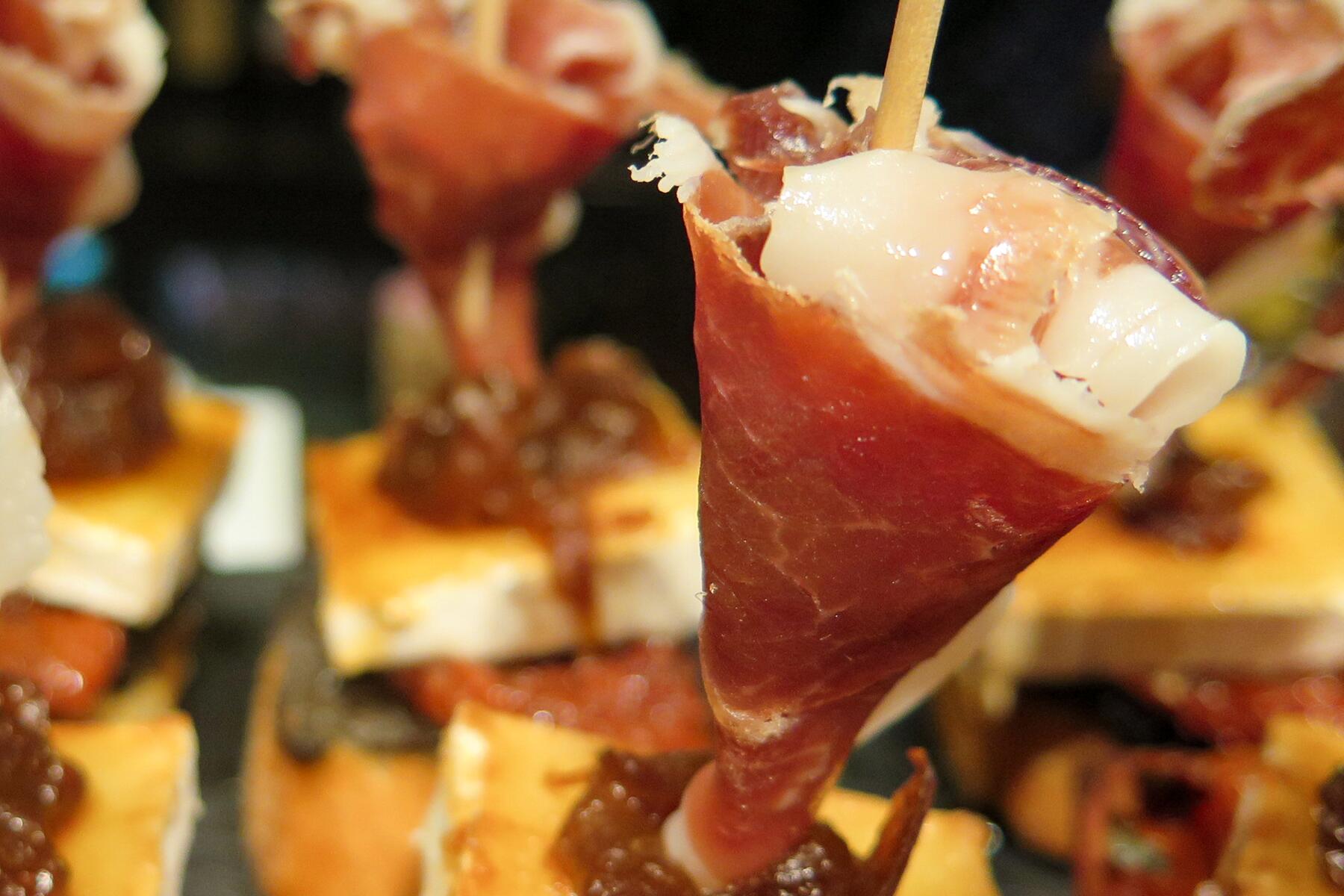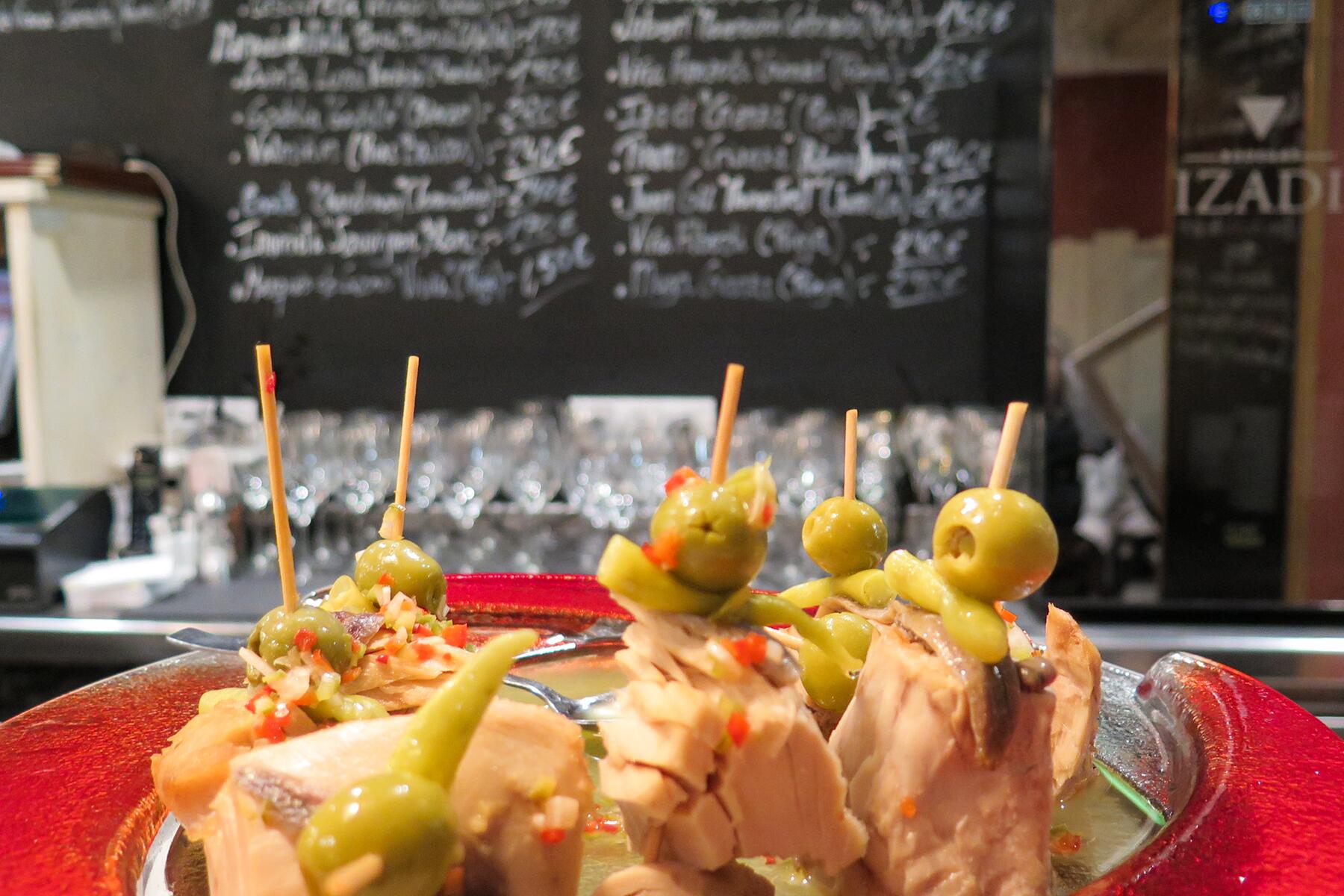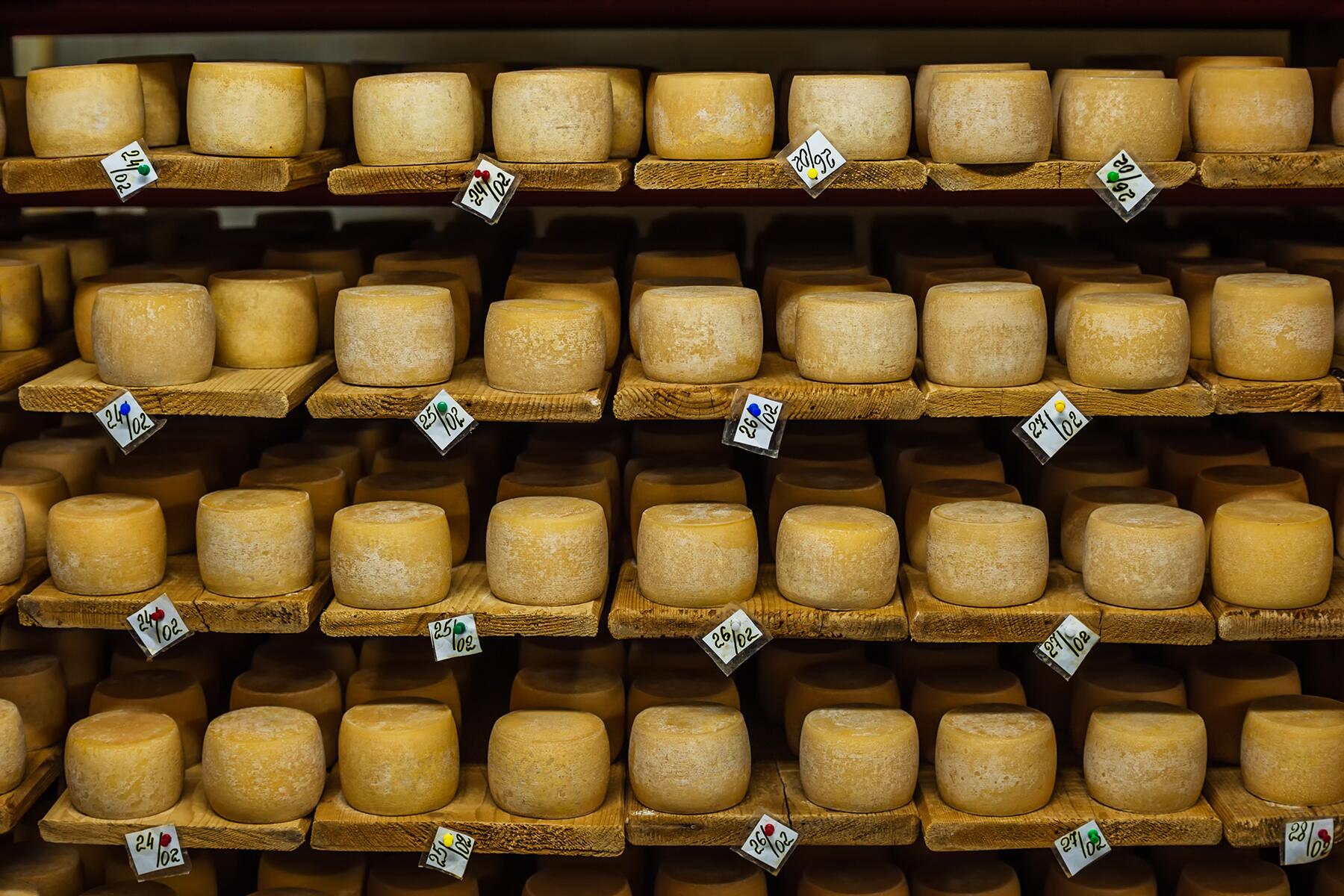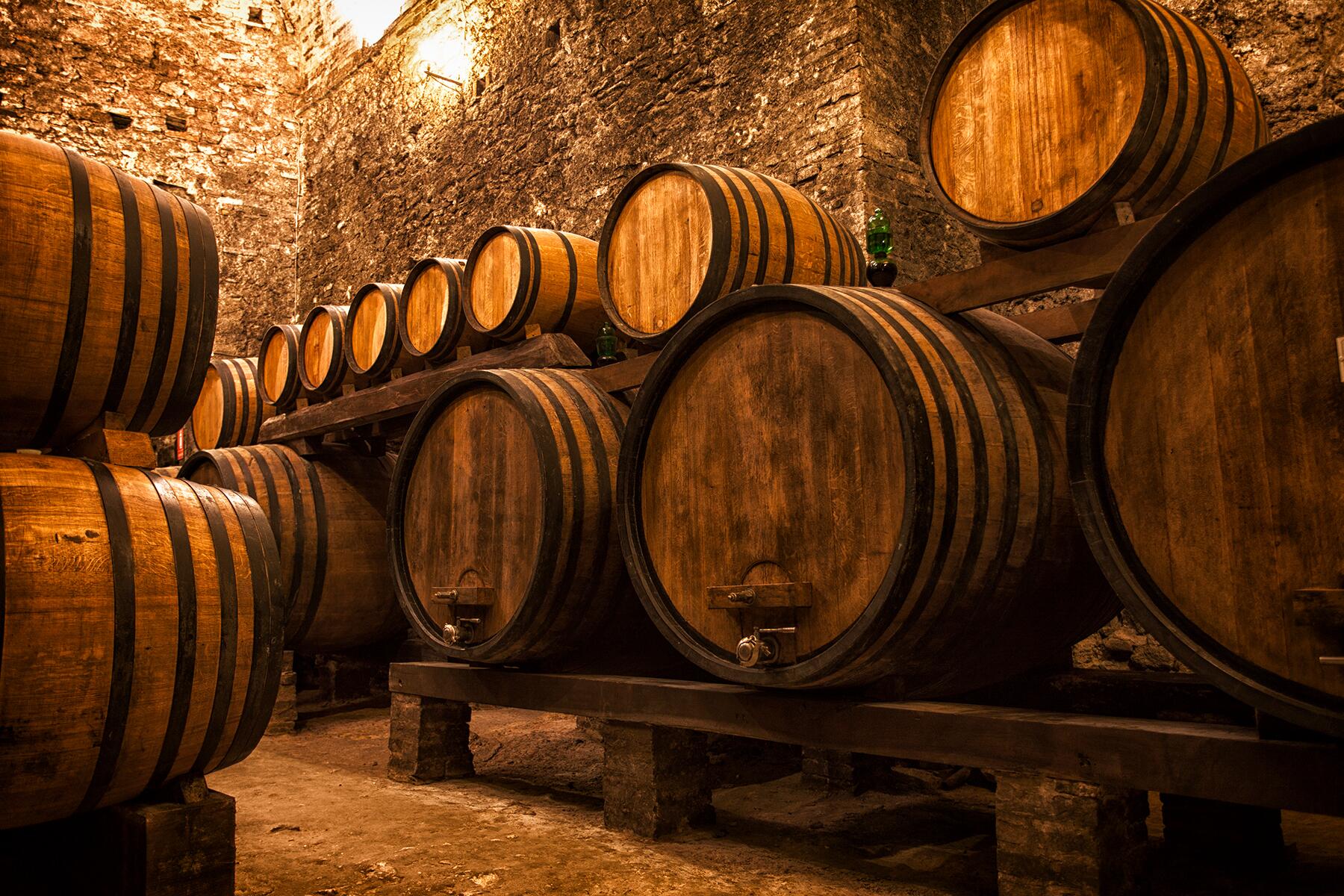Ever been on a culinary adventure on vacation and wondered, "I wonder if this is legit...?" Wonder no more.
Sitting on the deck of the 500Rai Farmhouse, dinner is served. No menus are present and the food is cooked up from whatever ingredients the cook was able to procure, the family-style meal is a Thai delight and as authentic as they come. But, not all food tourism experiences are as easy as just being at the right place at the right time. In fact, not all epicurean experiences are even authentic to the culture of where you may be.
So, with food tourism continuing to rise, how can travelers ensure that the experience they’re paying for is something that will bring them the flavor of a city, town, or country? How can you return home knowing you ate a sausage that is a delicacy of Cologne, Germany; or made pasta the way Italians make it at home? Experts say that diving deeper into food tourism is the answer.

What Is Food Tourism?
According to Erik Wolf, executive director at the World Food Travel Association, food tourism is defined as traveling for a taste of place in order to get a sense of place. “It is this idea of traveling for unique flavors that help us to experience the terroir of a destination,” he says.
Recommended Fodor’s Video
Food tourism, he notes, encompasses everything from everything grown, sourced, or made in an area, including cooking methods, table customs, recipes, how dishes are presented, and the foods and drinks served at holidays throughout the year.
Food Tourism Rises Globally
Around the world, there is a growing desire to be culturally immersive in the food and beverage realm; in fact, it has become almost demanded by visitors. At Sofitel Rome Villa Borghese in Rome, Italy, the hotel has put together an immersive package for epicures, which starts with a market visit and ends with a delicious family meal.
“We feel that, now more than ever, travelers are wanting more culinary experiences included in their travels since food embraces traditions, customs, and even history. These experiences provide a way to understand a culture and civilization,” says Edoardo Giuntoli, general manager of Sofitel Rome Villa Borghese.
Giuntoli notes that by offering a culinary workshop, guests get a truly authentic experience of The Eternal City. “Learning to make traditional food that is known of the area and learn about its history helps guests feel more connected with Rome. It’s what the Italians do,” he says.
In Mexico, Rodolfo González Munguía, managing director of Grand Velas Riviera Maya, says that connecting guests with the culture is one of his top priorities. And it’s not just about tacos and tequila, but culinary flavors and traditions that are woven into the country’s fabric.
“Experiencing Mexican food is really experiencing Mexico as a culture. It’s such a big part,” he says.
To that, Grand Velas makes it a point to immerse guests in the food and beverage of the country. The resort offers experiences like cooking classes with native ingredients or workshops where guests can learn to make foods that are local to the region or Mexico while learning about the foods’ history. But, he says, the resort also developed unique experiences that help blend the culinary culture with that of a bit of fun; Grand Velas serves up cocktails inspired by Mayan Astrology and offers a gourmet cenote experience that includes an ancestral food and drink tasting 60 feet underground in one of the destination’s relatively undiscovered cenotes.
“Providing food experiences for guests helps them connect with history, traditions, and in the case of excursions, with local people, rather than just visit the destination,” says González Munguía.
Food tours, too, have been booming as of late. Food tourists around the world have been turning to food tours to help them understand a culture, cuisine, and how the two tie together. Ansel Mullins, the co-founder of Culinary Backstreets, has seen this growth first-hand and explains that food tourism offers more than just delicious bites and sips native to a place–it offers a look at the human life behind them.
“[There is] a hunger for travel experiences with a strong human connection. Our tours are certainly about local cuisine, but more about the people and places that keep the culinary traditions alive. We celebrate the people in the kitchen wearing aprons, the man behind the bar, the fishmongers, and I think we are all thrilled to get back to where we can connect with those people, through food,” Mullans says.
How Can You Tell If An Experience Is Authentic?
Authenticity in cuisine isn’t as clear-cut as it may seem in other sectors. You may know something is a tourist trap by the way it is marketed or by reading reviews, but food-centric experiences are not always that transparent. And, food and drink specialties can vary so much–even in the span of a few miles–that you really have to have a bit of background knowledge about the cuisine where you are. For example, says Wolf, “In Italy, the shapes of pasta vary from village to village, as can the sauces, recipes and other features of quintessential Italian dishes. If you are in Bologna and then travel just a half-hour northwest to Modena, you might find similar dishes, but you will notice small changes that are uniquely inherent to that town.”
This is important to a culture, as it helps the present connect with the traditions of the past. However, it will make it harder to feel like you’ve mastered Italian pasta making because, simply, there is no universal way. But, says Wolf, with a little bit of strategy and your own goals in mind, you’ll be just fine.
“Authenticity is subjective, so trying to confirm whether a culinary experience is authentic can be tricky. You simply need to find the places that satisfy your criteria for authenticity,” he says.
Mullins explains that diving into an experience or itinerary is the best way to find out what you will be learning, seeing, eating, and imbibing.
“Our goal is to give our guests an experience beyond the most famous restaurants and get into some truly local places away from the more touristy areas. Its importance is two-fold: Our guests get access to local life and food prepared in the local way, and by visiting neighborhoods and restaurants generally neglected by the tourism industry we hope we are working in a more sustainable way for the city,” Mullins says.
Asking questions and doing prior research to make sure you’ll be pleased is important, as you will feel more satisfied knowing all your boxes have been checked before you leave a place.

Look For Deeper Meaning To Your Culinary Experiences
In Tupelo, MS, Lauren McElwain, a food blogger, runs a series of cooking classes dubbed “Cooking As A First Language.” But these classes don’t just focus on catfish (a specialty in Mississippi), but instead, dive into multiple cultures. Yes, this may sound counterintuitive to what an authentic food experience may seem for the state, but it’s actually a deeper dive into the area’s culture.
“We have a large Japanese community in Tupelo because of the Toyota manufacturing plant that is located nearby,” McElwain says. “They asked if I could teach them a cooking class to show recipes that are popular here in the deep South. It took off from there. We started having cooking classes from many different cultures that are represented in Tupelo, each one taught by a community member who is from a particular country or culture.”
These classes are designed to represent all of the cultures that are present in Tupelo. So, while you may not be getting the recipe to Neon Pig’s famous smash burger, there is a level of authenticity here that you wouldn’t get from other culinary experiences. By digging deeper, you may find a culinary surprise and delight.
Tips For Living Your Best Food Tourist Life
While it may be harder to label something “authentic” than originally thought, there are some pretty great ways to make sure you have created an epic eating and drinking itinerary for yourself. One of these, says Wolf, is to use social media instead of traditional review sites.
“We tend to look for inspiration from images on Instagram, advice from our favorite food or travel bloggers, and videos on YouTube,” he says.
Other tips include:
- Do your research ahead of time and learn about the authentic foods and drinks for the area where you will be visiting.
- Talk to friends or colleagues that have been to the area you are visiting and get opinions of people you trust–especially if those people love to eat and drink as much as you.
- Use YouTube as a resource–watch videos of people making a staple dish and see how the ingredients and tactics differ or not.
- Observe once you’re there. “One of the tricks that I use is to walk by a restaurant a couple of times and see what people are eating. I can get an idea of what I see on the tables and look at people’s expressions as to whether this is the type of place that I might want to eat,” Wolf says.
Wolf concludes, “All this information comes together to paint a composite picture of the food and beverage opportunities in a new destination.”








